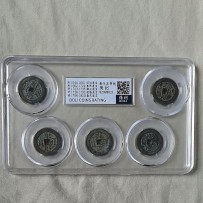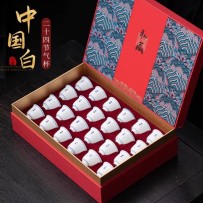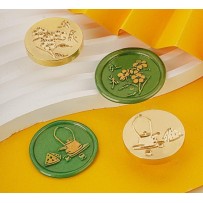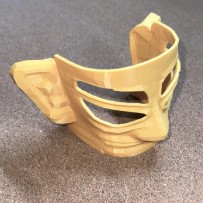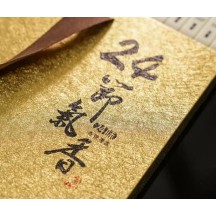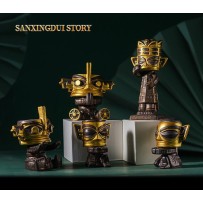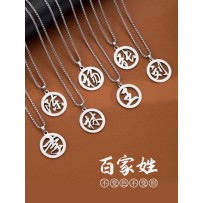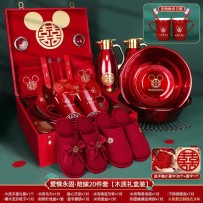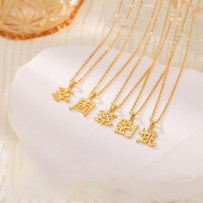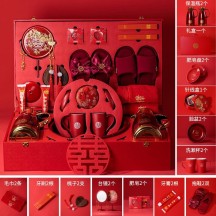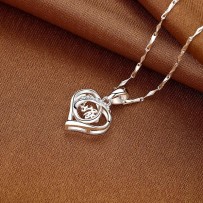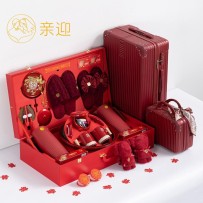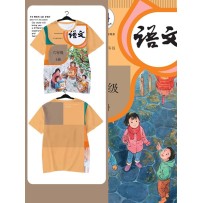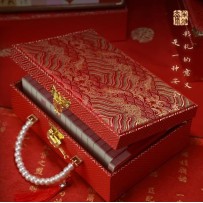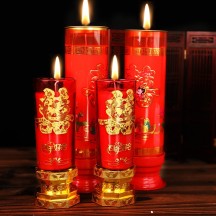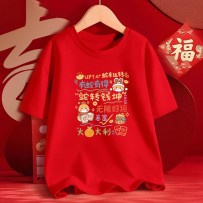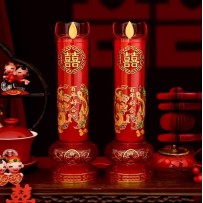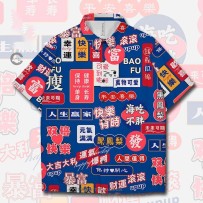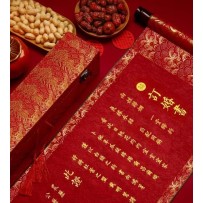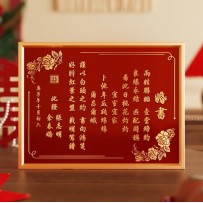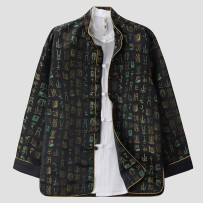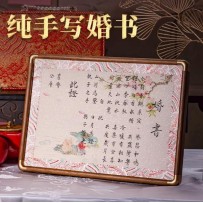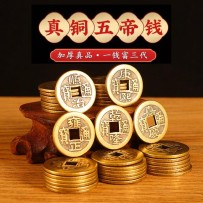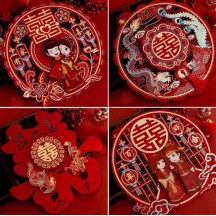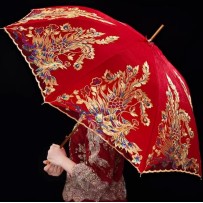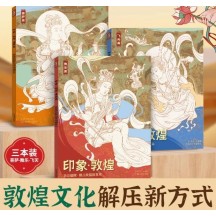The Five Emperors' Coins refer to five round copper coins with square holes, which symbolize the power of the five elements and the five directions, and have the function of warding off evil spirits and bringing good fortune. The saying that the five emperors minted coins is mostly fabricated by later generations. People call the coins issued by several dynasties the Great Five Emperors' Coins. The Great Five Emperors' Coins are made of bronze, including the Qin Banliang, the Han Wuzhu, the Tang Kaiyuan Tongbao, the Song Yuan Tongbao, and the Ming Yongle Tongbao.
Subcategories
The early forms of ancient coins were mainly shellfish. In China, from the late primitive society to the Xia, Shang and Zhou dynasties, the main form of currency was physical currency, and the most widely circulated was natural shellfish. Later, a small amount of metal weighing currency and coins appeared.
Sanxingdui culture can be traced back to the Xia and Shang dynasties, about 3,000 to 5,000 years ago.
The unearthed masks, especially the "bulging-eyed bronze statue" (also known as the "bronze man mask") with abnormally protruding eyeballs, show the uniqueness and mystery of the ancient Shu civilization
Based on the appearance of the Sanxingdui bronze man mask, this 3D printed model basically reproduces the details and unique shape of the original mask.
It cannot be guaranteed to be completely consistent with the unearthed original, so it is only used as a display of space ornaments such as office desks, entertainment and leisure, and national style displays.
Sanxingdui civilization is so brilliant and unique that its interpretation cannot be limited to the material culture level. Sanxingdui's vast ancient city, splendid bronze products, magnificent art and the grand ritual regulations it carries contain the key for future generations to "decode"; gold products, jade, seashells, and ivory are all material manifestations of the ancient Shu civilization system and spirit. Through the analysis of the unearthed cultural relics in Sanxingdui, we can deeply reveal the institutional and civilization characteristics of the ancient Shu Kingdom in Sanxingdui.
The original source of ancient Chinese surnames is the primitive religious worship, totem worship and ancestor worship based on "the way of heaven". Primitive totem worship is the root of ancient Chinese surnames. A large number of ancient documents support this view. Chinese surnames first had surnames and then clan names. The emergence of surnames is a sign that primitive humans gradually got rid of the state of ignorance. Surnames and clan names are two stages of human civilization progress.
The original source of ancient Chinese surnames is the primitive religious worship, totem worship and ancestor worship based on "the way of heaven". Primitive totem worship is the root of ancient Chinese surnames. A large number of ancient documents support this view. Chinese surnames first had surnames and then clan names. The emergence of surnames is a sign that primitive humans gradually got rid of the state of ignorance. Surnames and clan names are two stages of human civilization progress.
Design inspiration: I have you in my heart and I will never leave you. Two hearts intertwined, moving into each other's new house
This dress is made of ice silk quick-drying fabric, which is cool and comfortable to wear
Personalized text short-sleeved fun culture shirt
New Year Good Luck Oversized Short Sleeve Shirt
Cotton socks trendy national style sports deodorant breathable autumn and winter mid-tube socks
Oracle gold-stamped jacquard hand-buttoned jacket
The Ten Emperors' Coins are copper coins with the reign titles of the ten emperors: Shunzhi, Kangxi, Yongzheng, Qianlong, Jiaqing, Daoguang, Xianfeng, Tongzhi, Guangxu and Xuantong. They are now commonly known as the Ten Emperors' Coins.
The Five Emperors' Coins refer to copper coins with round holes and square holes. Ancient copper coins were cast according to the principle of "round outside and square inside" and "harmony between man and nature". They are the embodiment of the ancient Yin-Yang and Five Elements theory and have a profound cultural attribute.
Depicting Dunhuang with Careful Concentration










